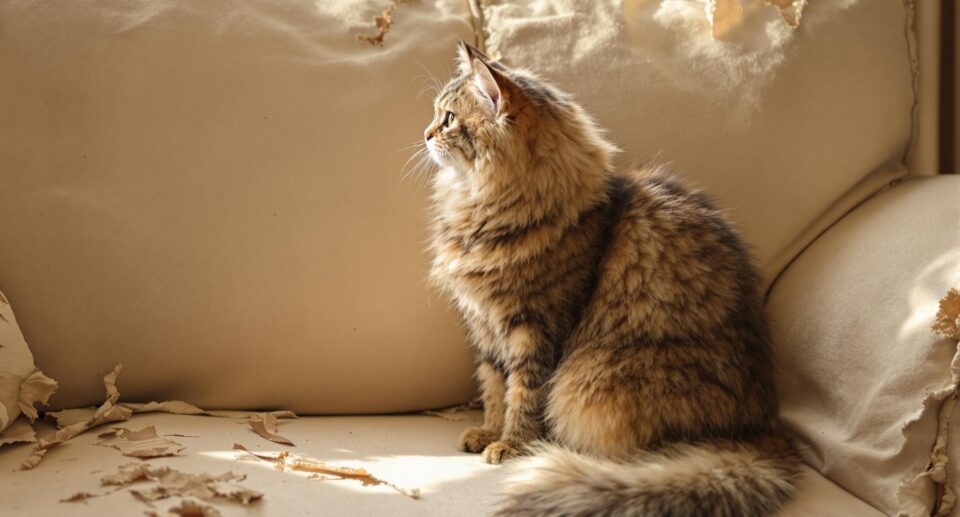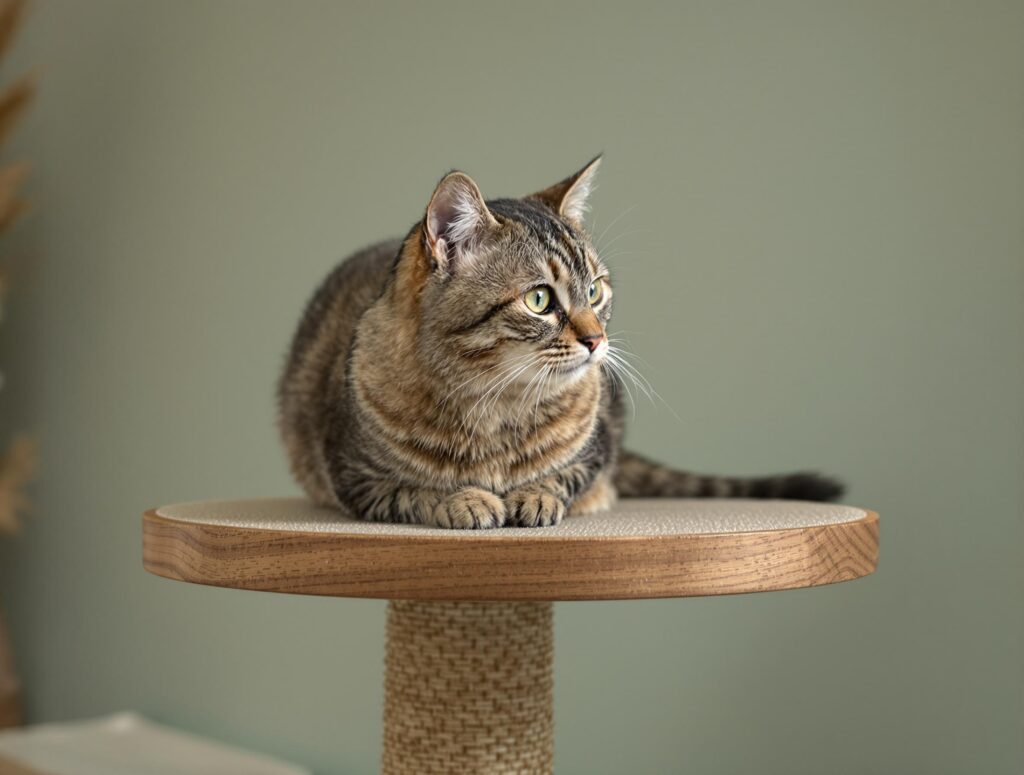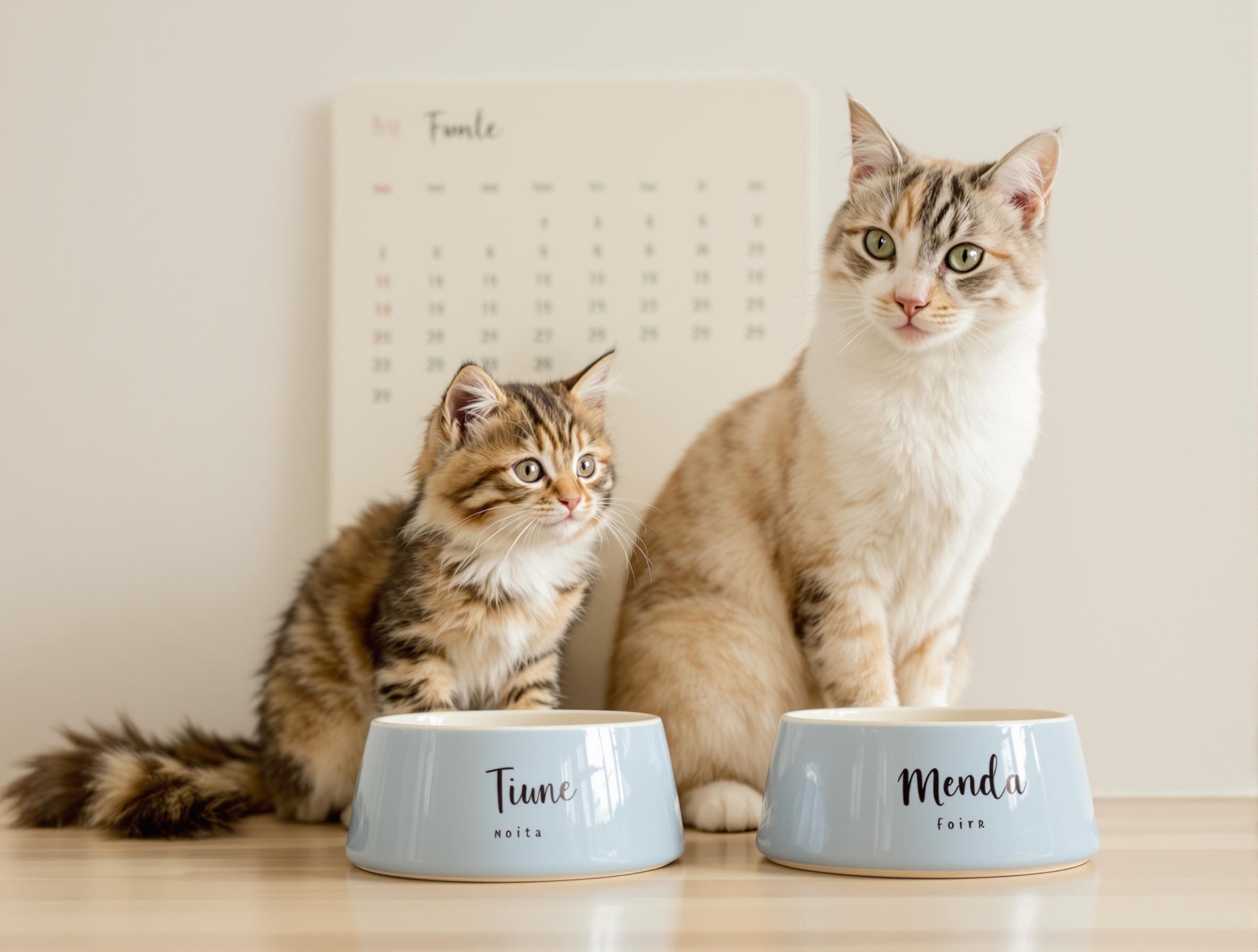
Key Takeaways
- Scratching is a natural and necessary behavior for cats, tied to both physical needs and territory marking.
- Redirecting scratching with appealing alternatives like sisal posts, combined with positive reinforcement, is more effective than punishment.
- Strategic placement of scratchers and deterrents can protect furniture while supporting your cat’s instincts in a low-stress way.
Why Cats Scratch Furniture
Scratching isn’t just something cats randomly do—it’s something they need. Whether they’re reaching for the arm of your sofa or the edge of a rug, this behavior serves real physical and emotional purposes. For many cat owners, the challenge is finding ways to meet those needs without sacrificing the furniture.
Fortunately, there are ways to redirect scratching without stress or conflict. At PetHealthMD, we’re here to help you approach the issue with patience and understanding, offering insight into your cat’s behavior and guidance on how to create a scratch-friendly home that works for everyone.
Understanding Cat Scratching Behavior
Scratching is a natural part of your cat’s routine, even if it doesn’t always feel that way when your couch takes the hit. Cats scratch to stretch, sharpen their claws, and leave their scent behind. Their paws contain scent glands, so every scratch leaves both a visual and scent mark—it’s their way of saying, “This is mine.”
Some cats are drawn to specific textures or scratching angles that feel just right under their paws. For others, it’s more about the location—like a favorite corner or spot near where they rest. These preferences are part of how cats explore and shape their surroundings. Scratching gives them a sense of familiarity and control, which is especially important in shared spaces or new environments.
A study surveying over 2,400 cat owners found that while unwanted scratching is common, it’s often managed successfully with the right tools. Owners who provided enriching scratch-friendly surfaces, used positive training, and blocked access to sensitive areas reported fewer issues overall.
How to Train a Cat to Stop Scratching Furniture
Training your cat to scratch appropriate items instead of your furniture takes consistency, patience, and a little creativity. The key is to guide the behavior rather than punish it. Your goal is to make the right spots more appealing than the couch or the carpet.
Practical Tips for Training Cats to Scratch Properly
- Provide better options: Place scratching posts or pads near the furniture your cat usually targets. Choose textures they like—many prefer sisal, cardboard, or carpeted surfaces.
- Use positive reinforcement: When your cat uses a scratcher, offer a treat, praise, or a quick play session. This builds a strong connection between scratching the right item and getting something they enjoy.
- Block access temporarily: If your cat keeps returning to a specific couch arm or rug, use furniture covers, plastic mats, or double-sided tape to make the area less inviting.
- Match their preferences: Some cats like to stretch up high, while others prefer scratching across the floor. Offer a mix of vertical and horizontal options.
- Redirect gently: If you catch your cat mid-scratch on the furniture, calmly guide them to a nearby scratcher. Avoid yelling or spraying water, which can create fear rather than change behavior.
With patience and consistency, you can shift your cat’s habits toward more furniture-friendly options. Even small wins add up over time.

Best Cat Scratch Deterrents for Your Home
It’s easier to guide your cat’s scratching habits when you have the right tools in place. Whether your goal is to protect a new sofa or reclaim an old favorite chair, the best deterrents work quietly in the background while encouraging better choices.
Effective Cat Scratch Deterrent Options
- Double-sided furniture tape: Cats dislike sticky textures. Adding clear tape to corners or sides of furniture makes those areas less appealing while staying discreet.
- Protective floor mats: Placed around the base of furniture, these mats feel uncomfortable to walk on and encourage your cat toward their scratchers.
- Natural deterrent sprays: Look for sprays made with pet-safe ingredients like rosemary or citronella. These can safely create scent boundaries.
- Air puff deterrents: Quiet but effective, motion-sensor air puffs gently interrupt your cat’s approach without stress.
- Catnip or treats: Sprinkle catnip on the scratching post, or reward your cat right after they use it to make the post more appealing.
For help choosing effective cat behavior and training aids, visit 1800PetMeds to explore sprays, repellents, and enrichment options that support healthy habits.
How to Prevent Future Scratching Issues
Setting up your home with your cat’s instincts in mind can help prevent unwanted scratching before it starts. With a few layout tweaks, you can guide your cat toward appropriate spots while keeping your furniture off-limits.
Tips for Long-Term Prevention
- Place scratchers where your cat already spends time: Try placing a post near a favorite nap spot or window perch.
- Use high-traffic areas to your advantage: Position vertical scratchers along your cat’s walking routes to encourage spontaneous scratching.
- Add scratch points near daily activity spots: Place small scratchers near food bowls, doorways, or lounge spots.
Check out cat furniture and scratchers to create a setup that fits your cat’s preferences and keeps your furniture safe.

Why Nail Trimming Helps Prevent Damage
While scratching is normal, long nails can make the damage worse. Trimming your cat’s claws won’t stop the behavior altogether, but it can reduce wear and tear on your furniture.
Most cats benefit from a trim every two to three weeks. Shorter nails are less sharp and less likely to splinter, snag, or leave marks. If your cat isn’t used to having their paws handled, ease into it with gentle touches and treats. You can also find helpful cat grooming supplies to make nail care easier at home.
Setting Boundaries Without Stress
Living peacefully with a cat means setting boundaries that respect their instincts. Redirecting scratching behavior isn’t about stopping it—it’s about offering better options and ensuring your cat feels secure and happy.
For more tools and products to support your cat’s well-being, explore the full range of cat supplies at 1800PetMeds. With the right care and setup, you can protect your home and nurture your cat’s natural instincts at the same time.





